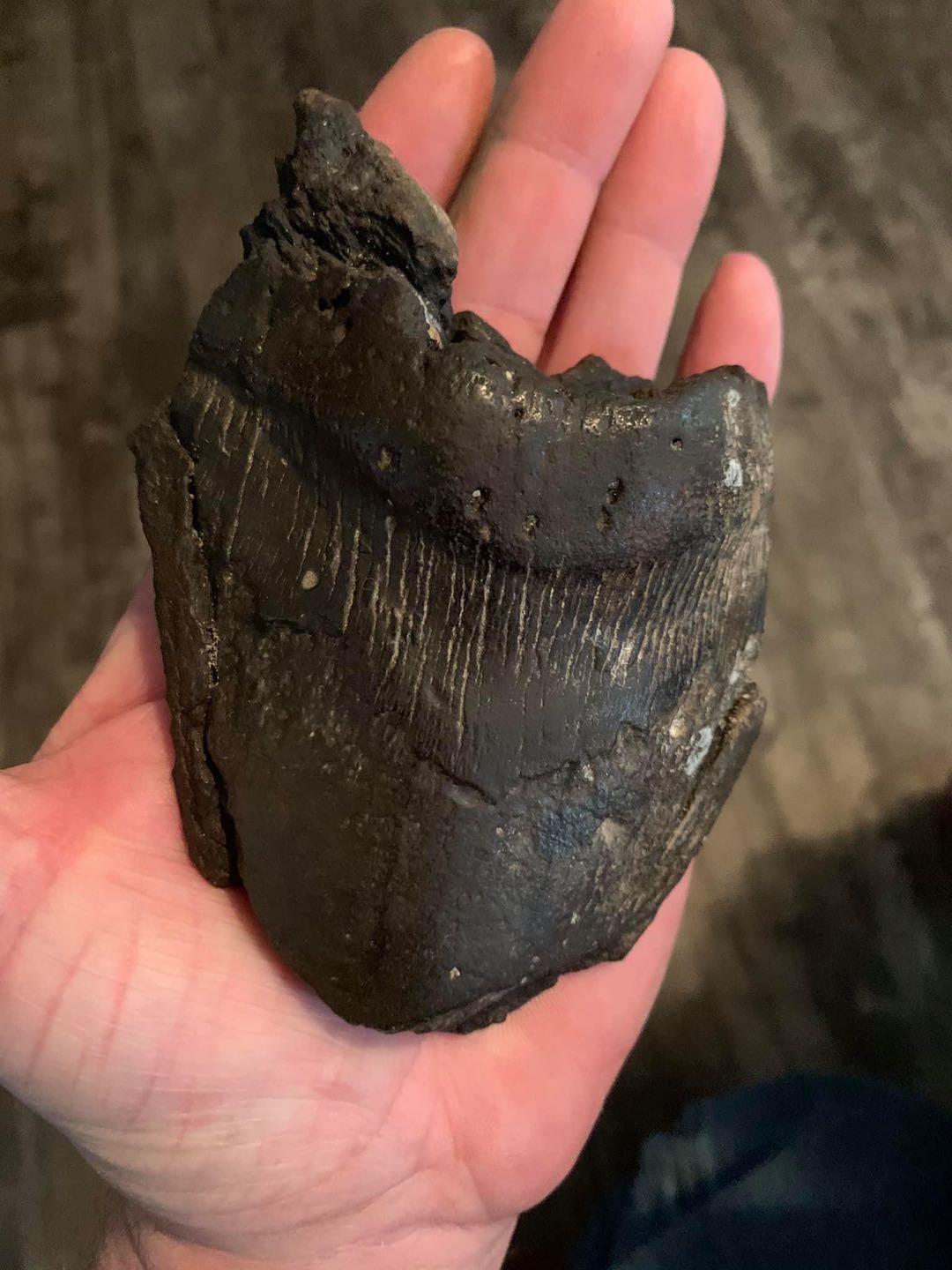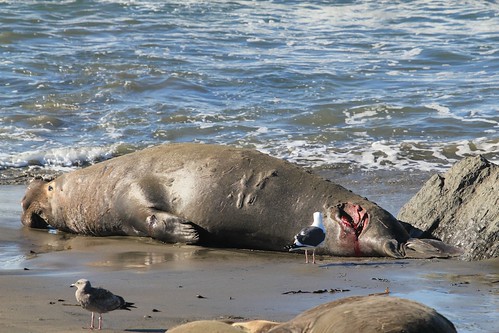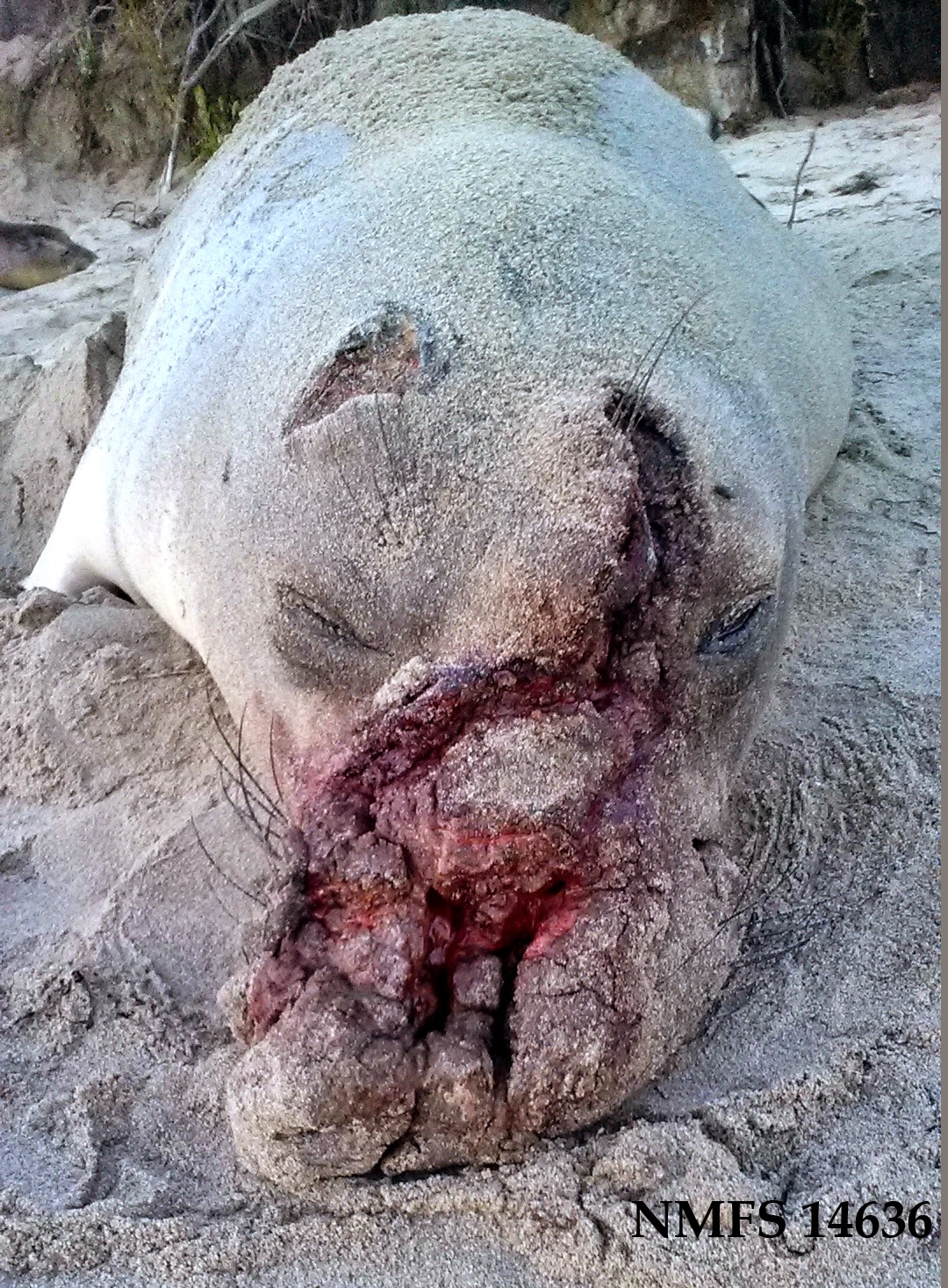|
|
Post by elosha11 on Apr 27, 2020 11:01:32 GMT 5
I assume you're Magnum Kek? I was referring to komodo. Has anyone brought up the Leder research with associated dentition to denis? It suggest Megalodon reached and exceeded 18 meters.
I haven't ready through the entire carnivora thread to see if he's aware of that. Or pointed the the fact that the latest downsizing proposal may have significant flaws, including but not limited to Shimata only using a 6.6 inch tooth come up with his downsized estimate. Not saying there's anything wrong with using reliable museum specimens, but there are obviously documented larger teeth out there well over 7 inches.
It's fine for anyone to favor Livyatan or Meg, but at least all the facts and arguments should be acknowledged and addressed.
|
|
|
|
Post by elosha11 on Apr 27, 2020 11:13:00 GMT 5
Just now reading your posts and see you are discussing Leder's work. Nice arguments, btw.
|
|
|
|
Post by elosha11 on Apr 27, 2020 11:47:55 GMT 5
|
|
otodus
Junior Member Rank 1

Posts: 20
|
Post by otodus on Apr 27, 2020 12:34:22 GMT 5
I prefer sharks Although livyatan melvillei don't have any more fossils,But I think the biggest megalodon is bigger than the livyatan  |
|
otodus
Junior Member Rank 1

Posts: 20
|
Post by otodus on Apr 27, 2020 12:35:28 GMT 5
 4.8inch very huge |
|
|
|
Post by elosha11 on Apr 27, 2020 21:06:17 GMT 5
Well yes, but I don't think his counterpart is doing all that well either. Carnivora seems to have relatively little interest in marine animals lately, which leads to bad posting in general on those topics. OTOH, they do have a large number of quality threads for terrestrial conflicts. His opponent and me are running circles around him. He had to resort to taking a statement out of context to try and paint me as a "Carnosaur Fanboy"in order to try and gain an upper hand. For you to reference in case you want to rebut denis poor arguments for bull elephant seals/GWS (as a proxy for his claim that Meg would not attack large prey). There was also another study I found but now cannot locate that noted that bull elephant seals are often targeted at sea because they swim in deeper water than females and are often dragged and consumed underwater. Thus the ones we see to make it to shore simply show those that were lucky enough to escape, it does not indicate the shark does not prey on them with some regularity. Judging by the massive size of these bull seals and the massive wounds, to claim a large GWS cannot prey on a large bull elephant seal is highly dubious. Here are quotes from the research article WHITE SHARK PREDATION ON PINNIPEDS IN CALIFORNIA COASTAL WATERS, which documents multiple great white shark attacks and some subsequent deaths of large bull elephant seals. Keep in mind these were all observation of animals on the shore, not in the waters where successful predations take place. The full article can be found at www.st.nmfs.noaa.gov/spo/FishBull/80-4/leboeuf.pdf.
Here's the pictures of Figure 2a and Figure 2e, showing very large wounded male and and the other large bull elephant seal, which died from the great white's attack. Click on image to enlarge and note particularly the extreme damage done to the large bull elephant seal in Figure 2e, leading to its death, along with the significant damage done to the large bull in 2a. Attachment DeletedHere are images of other large adult or subadult bulls attacked, usually at the hindquarters, a clear predation attempt. There's also a dead bull elephant seal which was either fed upon and discarded or made it up to shore before dying from its wounds. In summary, there's a large body of evidence demonstrating that great whites can and do prey upon even the largest bull northern elephant seals, even ones that can exceed the shark in size. This, along with with other examples of great whites hunting similar sized prey, does away with benko2015's claim that great whites don't hunt large prey, unlike crocodiles.     As to the above pic, this is the description from www.pelagic.org/montereybay/pelagic/greatwhiteshark.html"In the foreground a sub adult bull carries the scars of an encounter with T-Rex. While bull elephant seals are extremely tough and do not go quietly when attacked, even alpha bulls are a potential target for the worlds largest known predatory shark, the white shark, C. carcharias." ) Bull elephant seal killed by great white Bull elephant seal killed by great white Also see copyrighted image at frankbalthis.photoshelter.com/image/I0000MD1DgRUkKjs "Shark wound near tail of bull elephant seal at Ano Nuevo SR" Also see copyrighted image at frankbalthis.photoshelter.com/image/I0000MD1DgRUkKjs "Shark wound near tail of bull elephant seal at Ano Nuevo SR" |
|
|
|
Post by elosha11 on Apr 27, 2020 21:10:38 GMT 5
|
|
|
|
Post by jhg on Apr 28, 2020 8:46:18 GMT 5
I think here one of Carnivora's greatest strengths over us does not favor them here. That is, if you already have a large base number of animal enthusiasts and experts, you have it easier to attract like-minded individuals. Most of the Megalodon vs Livyatan people have left Carnivora and migrated here long ago, producing lots of quality content. Thus, anyone interested in these animals is more likely to find WoA than Carnivora via google. Well, holy moly. |
|
|
|
Post by elosha11 on May 2, 2020 21:31:48 GMT 5
Well yes, but I don't think his counterpart is doing all that well either. Carnivora seems to have relatively little interest in marine animals lately, which leads to bad posting in general on those topics. OTOH, they do have a large number of quality threads for terrestrial conflicts. His opponent and me are running circles around him. He had to resort to taking a statement out of context to try and paint me as a "Carnosaur Fanboy"in order to try and gain an upper hand. I see the carnivora crowd is jumping all over the Shimada study to try to downsize Meg and favor Livyatan. It's funny how they always resisted the multiple opinions and studies showing Meg reaching or well exceeding 18 meters, yet many posters there (including the admin) are happy to now jump on the Shimada bandwagon even though (1) he admittedly used only a 6.6 inch tooth to get his 15 meter max estimate, (2) there's definite problems with crown height analysis of a single tooth which are greatly mitigated by Leder et al's associated dentition analysis, and (3) Shimada apparently admitted to Grey (one of the co-authors of Leder's coming work) that there are likely problems with his methodology and that he's eager to see the associated dentition full analysis. Leder's analysis may suggest that the largest Megs could comfortably exceed 18 meters. We will have to see when it comes out. |
|
|
|
Post by Life on May 3, 2020 21:00:05 GMT 5
His opponent and me are running circles around him. He had to resort to taking a statement out of context to try and paint me as a "Carnosaur Fanboy"in order to try and gain an upper hand. I see the carnivora crowd is jumping all over the Shimada study to try to downsize Meg and favor Livyatan. It's funny how they always resisted the multiple opinions and studies showing Meg reaching or well exceeding 18 meters, yet many posters there (including the admin) are happy to now jump on the Shimada bandwagon even though (1) he admittedly used only a 6.6 inch tooth to get his 15 meter max estimate, (2) there's definite problems with crown height analysis of a single tooth which are greatly mitigated by Leder et al's associated dentition analysis, and (3) Shimada apparently admitted to Grey (one of the co-authors of Leder's coming work) that there are likely problems with his methodology and that he's eager to see the associated dentition full analysis. Leder's analysis may suggest that the largest Megs could comfortably exceed 18 meters. We will have to see when it comes out. They do not understand a few things. 1. Both Gottfried et al (1996) and Shimada (2002) admit offering conservative TL estimations for the Megalodon in respective papers. I have seen a partially preserved dentition of the Megalodon which gives the impression of similarities with the Ginsu shark. Therefore, Great white shark is not sufficient proxy by itself. 2. Shimada (2019) does not rule out the possibility of Megalodon(s) exceeding 15 m in TL (he is aware of some teeth which indicate as much and even estimated the TL of one such). Unfortunately, paleontologists are not allowed to draw conclusions from fossils in PRIVATE HANDS in publications (Paleontology conventions); average JOE does not understand this. Some of the most interesting and impressive fossils are in PRIVATE HANDS around the world. So there's that. In fact, there are numerous fossils in Museums which are not published and/or revisited in new publications due to different factors although some researchers are taking a good look as of late. 2. Even juvenile Megalodon were BIG-GAME HUNTERS at some point and fed on a higher trophic level than the Great white shark (solid evidence at hand). Large Megalodon (TL = 11 m and above) would have ripped any animal to shreds in an attack. My work will surface eventually, and it will raise many a eyebrows. |
|
all
Junior Member
 
Posts: 238
|
Post by all on May 31, 2020 19:12:16 GMT 5
since so many people put so many good points and so many good attachments from internet I'm only going to briefly put my point of view.
Megalodon would probably win this battle or at least have a small edge because of its larger size. But pound per pound livyatan is stronger than megalodon.
|
|
|
|
Post by elosha11 on Aug 2, 2020 18:54:17 GMT 5
Since we often use great white sharks as proxies for this conflict, I am curious to know what any of you think about the two recent documented recordings of 4 meter great white sharks killing 10 meter humpback whales, albeit weakened ones. I would imagine many people would have thought that much smaller sharks would not have been able to physically kill the whale under any circumstances. Yet they instinctively recognized that they need to bite the tail and bleed out the much-larger whale.
Does this change anyone's views on how Megalodon may have approached a conflict with Livyatan? I have some comments, but I first wanted to hear other members' thoughts.
|
|
|
|
Post by kekistani on Aug 3, 2020 4:00:29 GMT 5
Since we often use great white sharks as proxies for this conflict, I am curious to know what any of you think about the two recent documented recordings of 4 meter great white sharks killing 10 meter humpback whales, albeit weakened ones. I would imagine many people would have thought that much smaller sharks would not have been able to physically kill the whale under any circumstances. Yet they instinctively recognized that they need to bite the tail and bleed out the much-larger whale. Does this change anyone's views on how Megalodon may have approached a conflict with Livyatan? I have some comments, but I first wanted to hear other members' thoughts. two? I thought it was just one.
I was also surprised that the great white managed to drag the 10 meter whale down and drown it. Even if the whale was weakened it must have weighed twice or more than the shark
|
|
|
|
Post by elosha11 on Aug 4, 2020 7:39:48 GMT 5
Since we often use great white sharks as proxies for this conflict, I am curious to know what any of you think about the two recent documented recordings of 4 meter great white sharks killing 10 meter humpback whales, albeit weakened ones. I would imagine many people would have thought that much smaller sharks would not have been able to physically kill the whale under any circumstances. Yet they instinctively recognized that they need to bite the tail and bleed out the much-larger whale. Does this change anyone's views on how Megalodon may have approached a conflict with Livyatan? I have some comments, but I first wanted to hear other members' thoughts. two? I thought it was just one. I was also surprised that the great white managed to drag the 10 meter whale down and drown it. Even if the whale was weakened it must have weighed twice or more than the shark
the first great white shark attack was documented in May 2020. The second one was July 2020. The first one: www.publish.csiro.au/mf/MF19291www.forbes.com/sites/melissacristinamarquez/2020/03/12/first-observations-of-white-sharks-attacking-a-live-humpback-whale/#5802b3ae28f6 |
|
otodus
Junior Member Rank 1

Posts: 20
|
Post by otodus on Feb 17, 2021 8:48:41 GMT 5
|
|